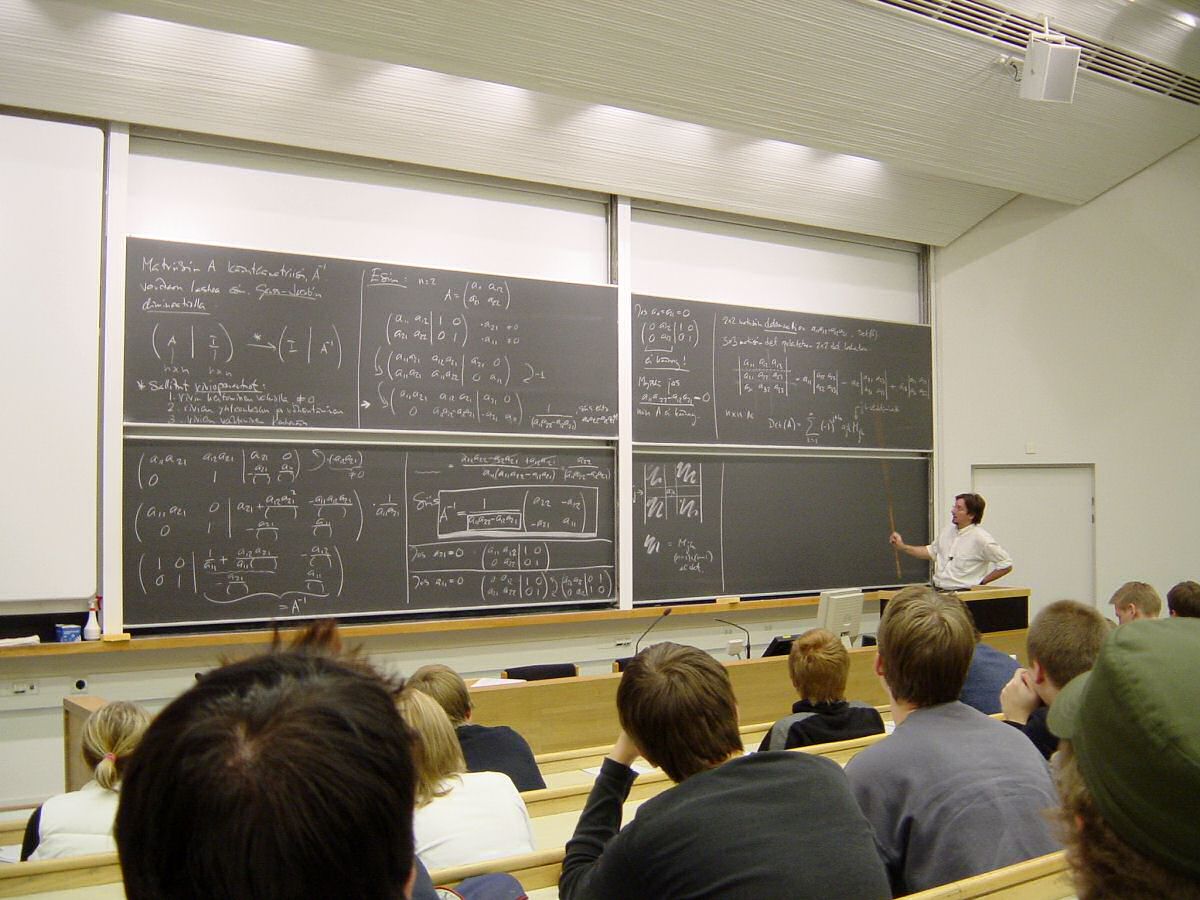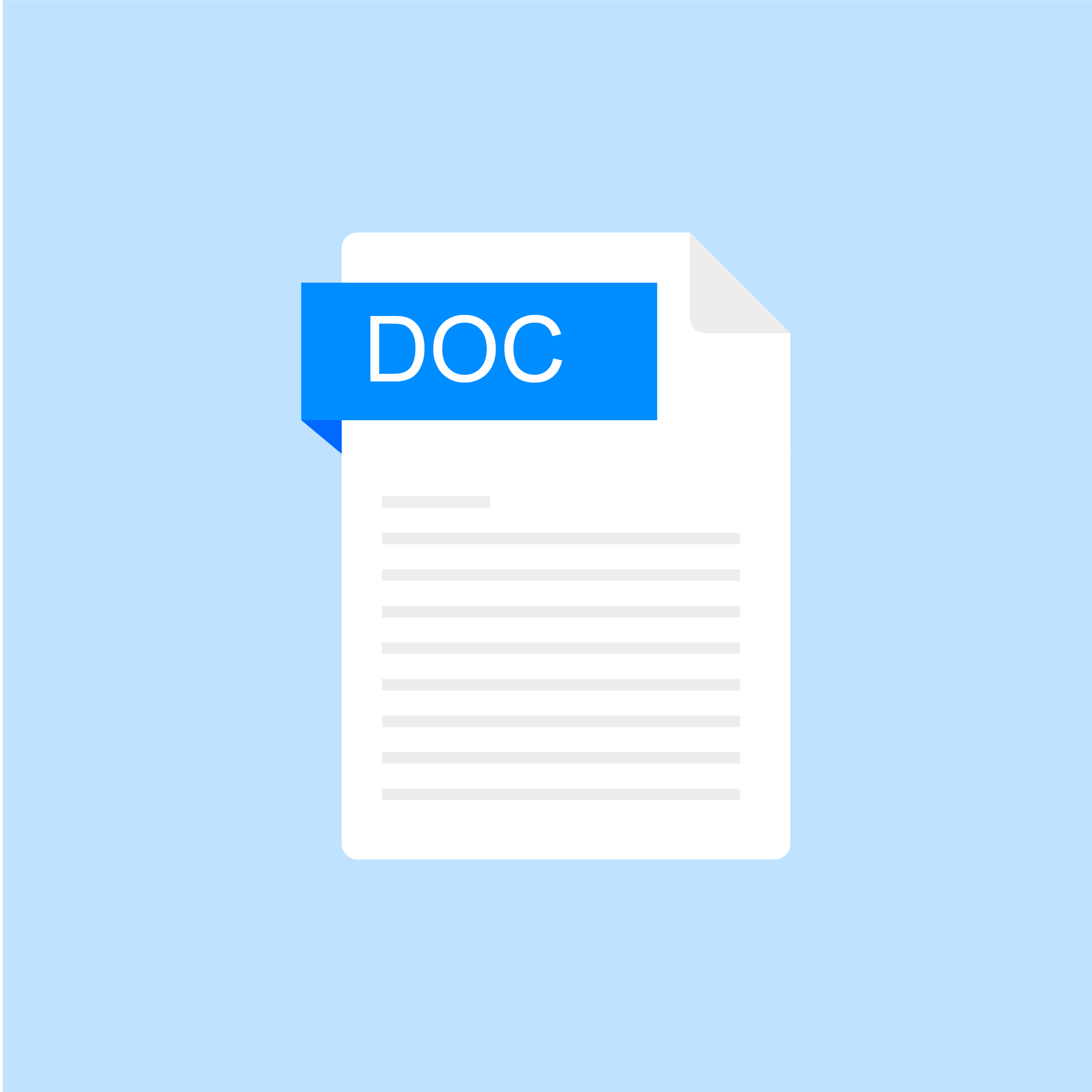Browse
Youth Empowerment
Factors of educational success
Educational success, also referred to as student and academic achievement, pertains to the extent to which educational objectives are met, such as the acquisition of knowledge and skills by students. For practical purposes, it is often primarily measured in terms of official exam scores, but numerous additional indicators exist, including attendance rates, graduation rates, dropout rates, student attitudes, and post-school indicators such as later income and incarceration rates.[100] Several factors influence educational achievement, such as psychological factors related to the individual student, and sociological factors associated with the student's social environment. Additional factors encompass access to educational technology, teacher quality, and parental involvement. Many of these factors overlap and mutually influence each other
By:
Anne Miller vijayalaxmi Santosh Mhetre
Thursday, Aug 1, 2024
YOUTH EMPOWERMENT
+1

Leave a comment
vocational universities
Vocational education can take place at the post-secondary, further education, or higher education level and can interact with the apprenticeship system. At the post-secondary level, vocational education is often provided by highly specialized trade schools, technical schools, community colleges, colleges of further education (UK), vocational universities, and institutes of technology (formerly called polytechnic institutes).
By:
Monika Dhakate..
Tuesday, Jun 11, 2024
YOUTH EMPOWERMENT
+1

No Preview Available
Leave a comment
Vocational education is education that prepares people for a skilled craft as an artisan, trade as a tradesperson, or work as a technician. Vocational education can also be seen as that type of education given to an individual to prepare that individual to be gainfully employed or self employed with requisite skill.[1] Vocational education is known by a variety of names, depending on the country concerned, including career and technical education,[2] or acronyms such as TVET (technical and vocational education and training) and TAFE (technical and further education).
By:
Anne Miller vijayalaxmi Santosh Mhetre
Tuesday, Jun 11, 2024
CULTURE AND SOCIETY
+3

Leave a comment
Children's mental development as it relates to educational context.
The concept of the ZPD is widely used to study children's mental development as it relates to educational context. The ZPD concept is seen as a scaffolding, a structure of "support points" for performing an action.[14] This refers to the help or guidance received from an adult or more competent peer to permit the child to work within the ZPD.[15] Although Vygotsky himself never mentioned the term, scaffolding was first developed by Jerome Bruner, David Wood, and Gail Ross, while applying Vygotsky's concept of ZPD to various educational contexts.[4] According to Wass and Golding, giving students the hardest tasks they can do with scaffolding leads to the greatest learning gainsScaffolding is a process through which a teacher or a more competent peer helps a student in their ZPD as necessary and tapers off this aid as it becomes unnecessary—much as workers remove a scaffold from a building after they complete construction. "Scaffolding [is] the way the adult guides the child's learning via focused questions and positive interactions."[17] This concept has been further developed by Mercedes Chaves Jaime, Ann Brown, among others. Several instructional programs were developed based on this interpretation of the ZPD, including reciprocal teaching and dynamic assessment. For scaffolding to be effective, one must start at the child's level of knowledge and build from there
By:
jazz
Friday, Apr 19, 2024
CULTURE AND SOCIETY
+2

Leave a comment
Blended Learning Models
Types of Blended Learning Models
Here are the five most common types of blended learning frameworks:
1. Flipped model
In the flipped model, traditional classroom instruction is inverted. Learners first encounter the instructional content outside of class, typically through video lectures, readings, or online modules. Then, in-class time is dedicated to active learning activities, discussions, group projects, and exercises that reinforce and apply the pre-learned material.
The flipped model allows for more personalized and interactive learning during face-to-face
By:
Anne Miller vijayalaxmi Santosh Mhetre
Thursday, Apr 18, 2024
YOUTH EMPOWERMENT

Leave a comment
The term "education" is derived from the Latin words educare, meaning "to bring up" and educere, meaning "to bring forth".[1] The definition of education has been explored by theorists from various fields.[2] Many agree that education is a purposeful activity aimed at achieving goals like the transmission of knowledge, skills, and character traits.[3] Extensive debate surrounds its exact nature beyond these general features. One approach views education as a process that occurs during events such as schooling, teaching, and learning.[4] Another outlook understands education not as a process but as the mental states and dispositions of educated persons that result from this process.[5] Additionally, the term may also refer to the academic field that studies the methods, processes, and social institutions involved in teaching and learning.[6] Having a clear idea of what the term means matters when trying to identify educational phenomena, measure educational success, and improve educational practices
By:
Anne Miller vijayalaxmi Santosh Mhetre
Monday, Feb 19, 2024
YOUTH EMPOWERMENT
Leave a comment
The precise definition of education is disputed, and there are disagreements about what the aims of education are and to what extent education is different from indoctrination by fostering critical thinking. These disagreements affect how to identify, measure, and improve forms of education. Fundamentally, education socializes children into society by teaching cultural values and norms. It equips them with the skills needed to become productive members of society. This way, it stimulates economic growth and raises awareness of local and global problems. Organized institutions affect many aspects of education. For example, governments set education policies to determine when school classes happen, what is taught, and who can or must attend. International organizations, like UNESCO, have been influential in promoting primary education for all children.
By:
Anne Miller vijayalaxmi Santosh Mhetre
Friday, Feb 16, 2024
YOUTH EMPOWERMENT

Leave a comment
Greater Good in Education
If you are looking for specific activities to support your students’ and colleagues’ social and emotional well-being in 2023, visit our Greater Good in Education website, featuring free research-based practices, lessons, and strategies for cultivating kinder, happier, and more equitable classrooms and schools. For a deeper dive into the science behind social-emotional learning, mindfulness, and ethical development, consider our suite of self-paced online courses for educational professionals, including our capstone course, Teaching and Learning for the Greater Good. Or join one of our new communities of practice that focus on educator well-being, offering space for rest, reflection, togetherness, and hope—and some science, too!International Conference on Mathematics, Statistics, Education & Law is all set to have detailed discussion on various topics.
By:
Monika Dhakate..
Monday, Feb 19, 2024
YOUTH EMPOWERMENT
+1

Leave a comment
Education sciences
Education sciences,[1] also known as education studies, education theory, and traditionally called pedagogy,[2] seek to describe, understand, and prescribe education policy and practice. Education sciences include many topics, such as pedagogy, andragogy, curriculum, learning, and education policy, organization and leadership. Educational thought is informed by many disciplines, such as history, philosophy, sociology, and psychology.
Faculties, departments, degree programs, and degrees on education sciences are often called simply faculty of education etc.[3] It is likewise still common to say she is studying education, which is only very rarely expressed as studying education science(s) and was traditionally called studying pedagogy (in English) in most European countries. Similarly, educational theorists may be known as pedagogues depending on the country.
For example, a cultural theory of education considers how education occurs through the totality of culture, including prisons, households, and religious institutions as well as schools.[4][5] Other examples are the behaviorist theory of education that comes from educational psychology and the functionalist theory of education that comes from sociology of education.[6]
By:
Monika Dhakate..
Monday, Feb 19, 2024
CULTURE AND SOCIETY
+3


Leave a comment